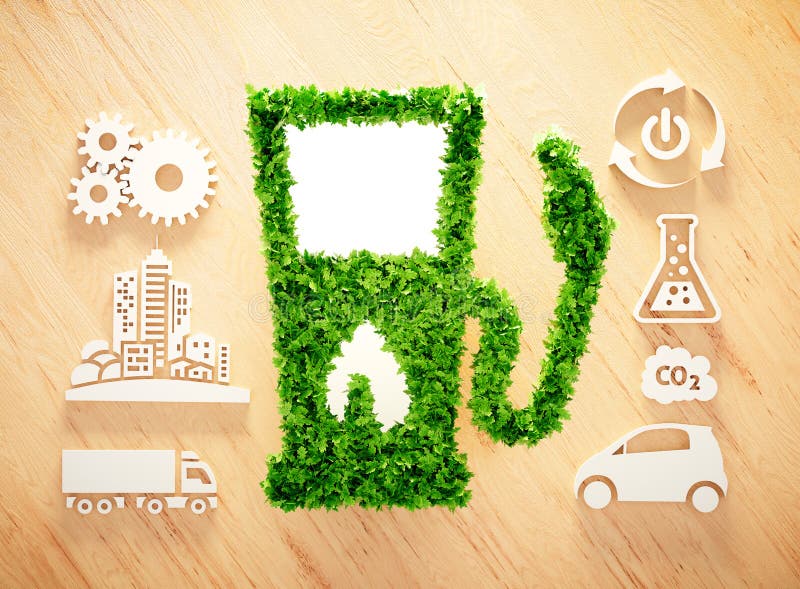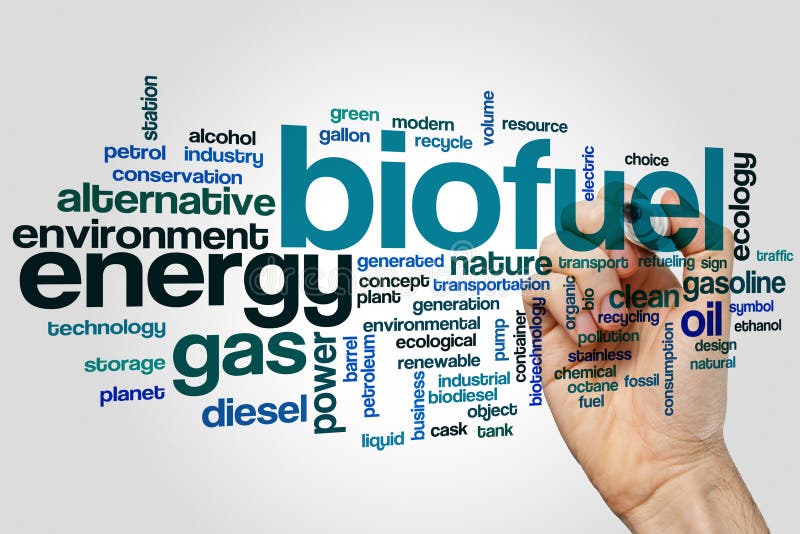India's Quest for Bio-Ethanol

The Government of India has set up an ambitious plan of blending 10 percent ethanol in petrol by 2022, and 20 percent by 2030.
by doing this India can cut its dependency on import of crude oil.
Now, we have to know that Bio-Ethanol processing plants are categorised as 1G and 2G.
1G BioEthanol plants use sugarcane and its byproducts such as molasses.
2G plants use biomass and other agricultural waste.
Current production of Bio-Ethanol in India is quite low. Sugar Mill owners do not invest in Bio-Ethanol generation plants, due to uncertainity in government policies and weak future prospects.

State run IOC, BPCL, HPCL, are currently in the process of setting up 2G Government should make policies for the farmers, Sugar Mill Owners and the oil producing companies so that they are incentivised to make Bio-Ethanols.Bio-Ethanol plants.
Comments
Post a Comment